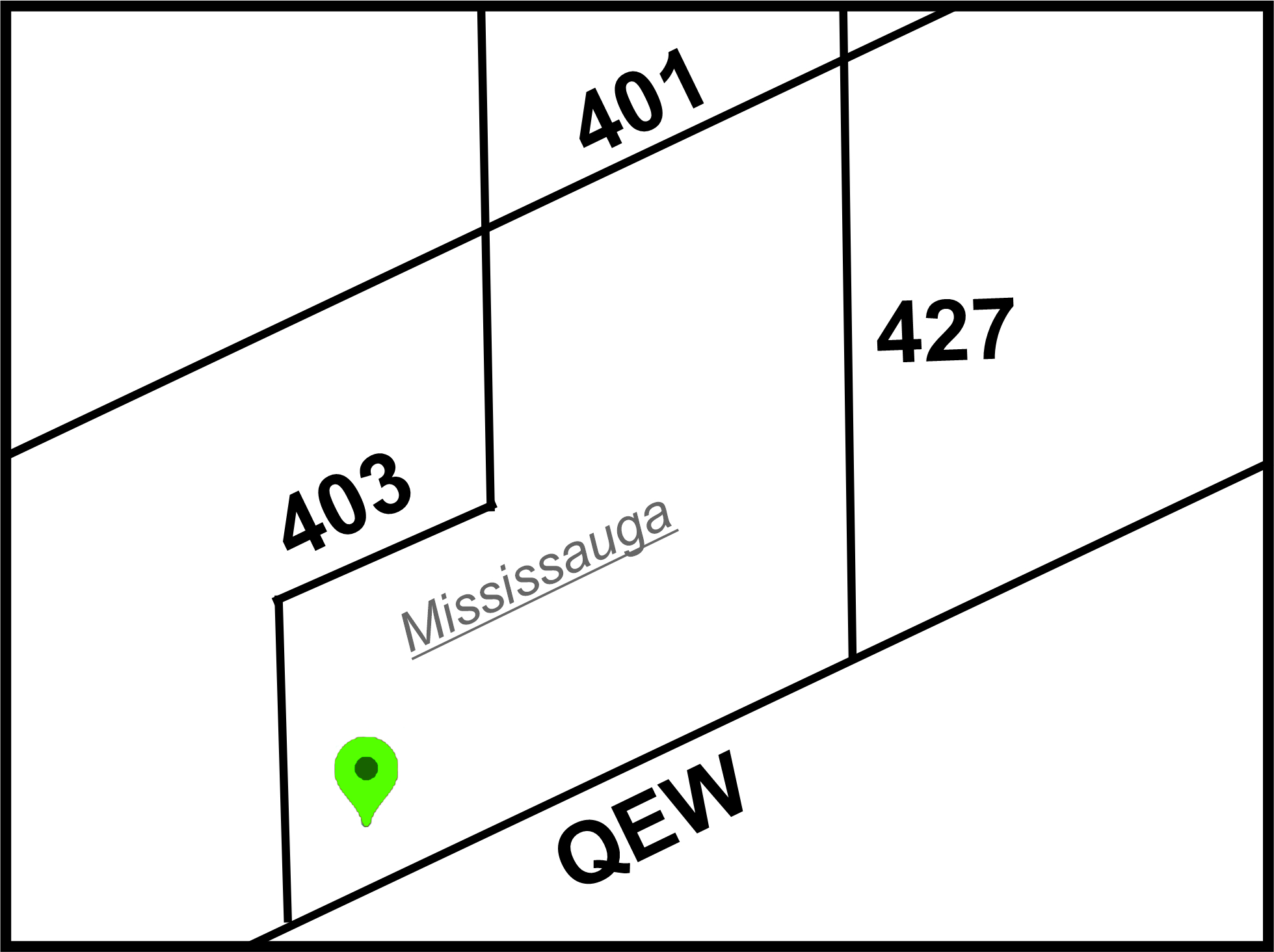A lateral rotation air mattress is a specialized type of mattress used in healthcare settings, designed to help reduce the risk of pressure ulcers (also known as bed sores) in people who spend long periods in bed. It works by using air pressure to periodically change the patient's position in bed, which can help to improve blood flow and reduce the pressure on the skin that can lead to sores.
Here's a more detailed explanation of how a lateral rotation air mattress works:
-
Air chambers: The mattress is made up of several inflatable chambers. These chambers can be filled or deflated independently.
-
Control unit: The mattress is connected to a control unit, which regulates the amount of air in each chamber. The control unit can be programmed to follow a specific rotation schedule, or it can be manually adjusted as needed.
-
Lateral rotation: By inflating and deflating the air chambers in a specific pattern, the mattress can gently roll the patient from side to side. This is what's meant by "lateral rotation". The degree of rotation can be adjusted, depending on the needs and comfort level of the patient.
-
Pressure relief and redistribution: The main purpose of the rotation is to relieve and redistribute pressure on the patient's body. By constantly changing the points of contact between the body and the mattress, the risk of pressure ulcers can be significantly reduced.
-
Pulsation or low air loss feature: Some lateral rotation mattresses may also include a pulsation or low air loss feature. This means that small amounts of air are released through the mattress cover, which can help to keep the skin cool and dry.
-
Safety and comfort: Many models have safety features such as alarms for power loss or low pressure, firm perimeters for easier patient transfers, and pressure redistribution surfaces for comfort and pressure ulcer prevention.
Remember, these types of mattresses are typically used under medical supervision, as they're intended for patients who are unable to move independently or who have a high risk of developing pressure ulcers.




 Copyright © 2024 |
Copyright © 2024 |